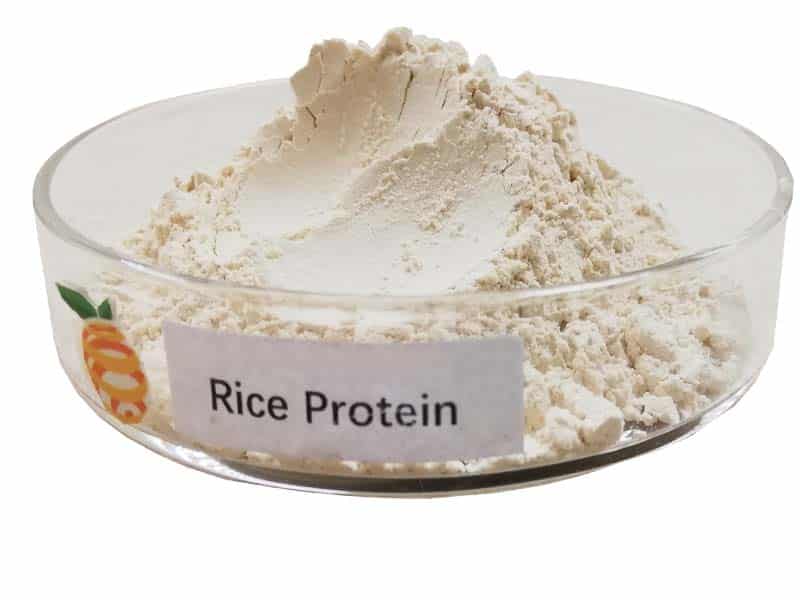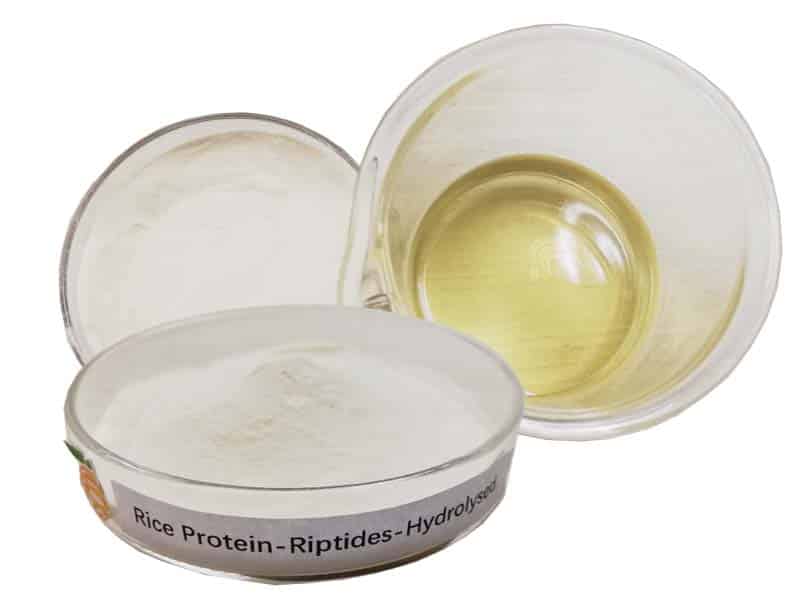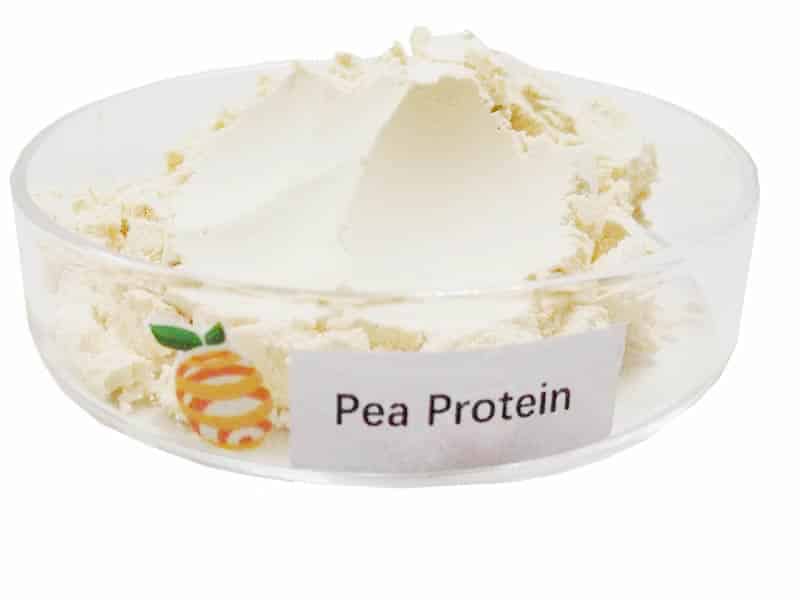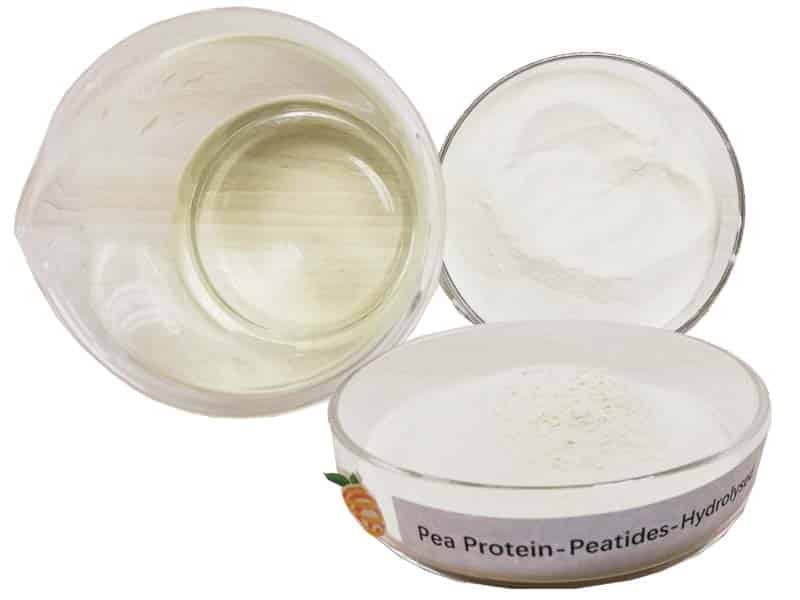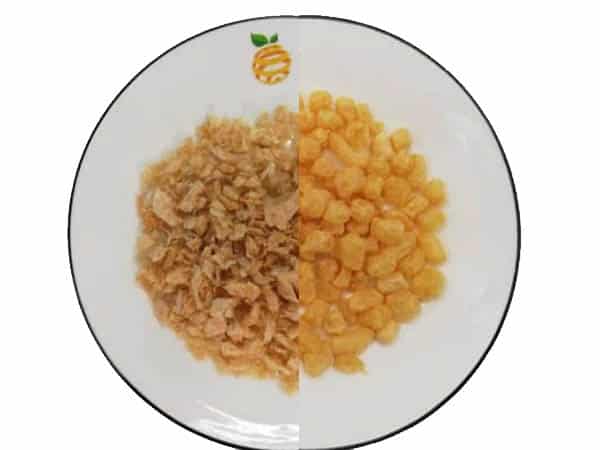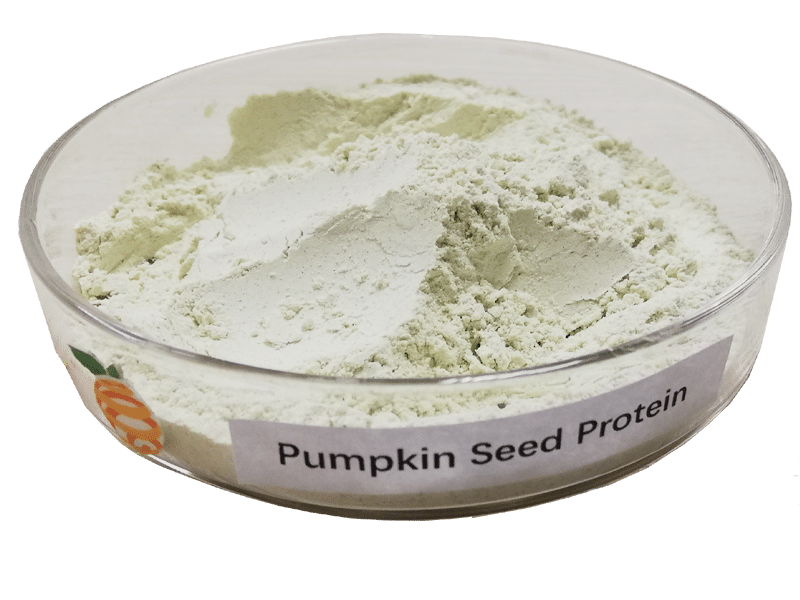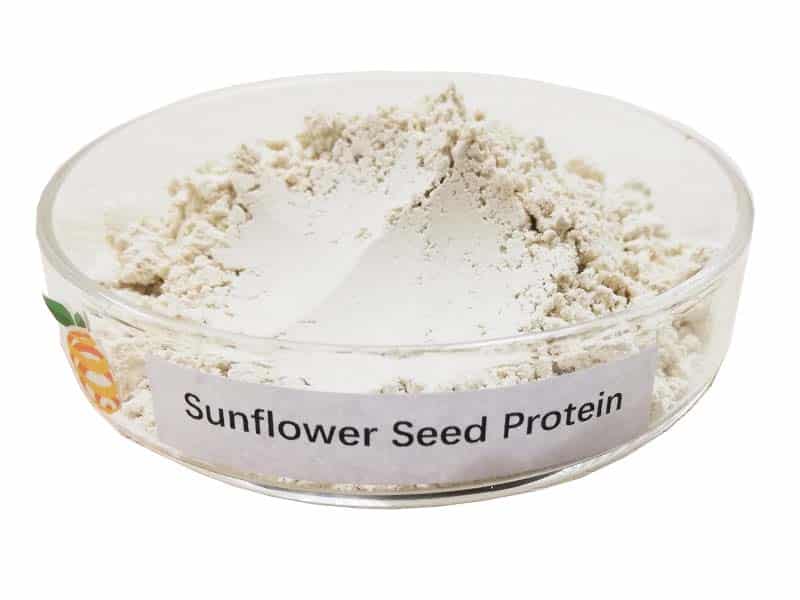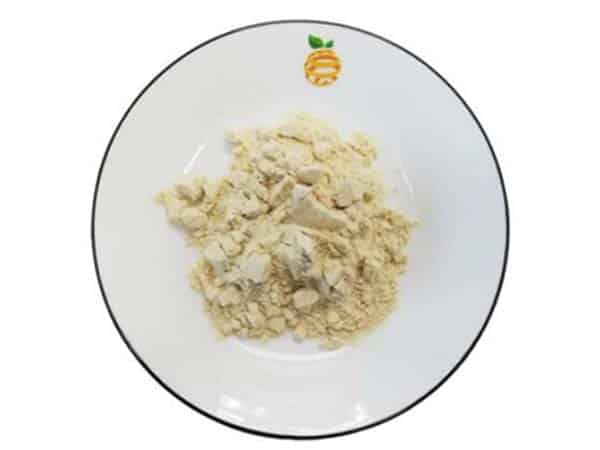What Is The Difference Between Phycoerythrin And Phycocyanin?
-
Table of Contents
- Phycoerythrin vs. Phycocyanin: Understanding the Differences
- Chemical Structure and Composition
- Absorption Spectra and Photobiological Activity
- Applications in Biotechnology and Research
- Industrial and Commercial Uses
- Environmental Impact and Sustainability
- Conclusion: Key Takeaways
- Discover ETprotein’s High-Quality Protein Products
Phycoerythrin vs. Phycocyanin: Understanding the Differences
< 05/9d3edecda319320a73be23cf6b1b8e79.png" alt="What Is The Difference Between Phycoerythrin And Phycocyanin?" />
Phycoerythrin and phycocyanin are two vibrant pigments found in the light-harvesting antennae of red and blue-green algae, respectively. These pigments play a crucial role in the process of photosynthesis, capturing light energy and converting it into chemical energy. Despite their similar functions, phycoerythrin and phycocyanin have distinct properties and applications. In this article, we will delve into the differences between these two pigments, exploring their chemical structures, absorption spectra, and uses in various industries.
Chemical Structure and Composition
Both phycoerythrin and phycocyanin belong to the family of phycobiliproteins, which are water-soluble proteins that attach to photosynthetic membranes. However, their chemical structures differ significantly.
- Phycoerythrin: This pigment is characterized by its red color and is primarily found in red algae. It contains phycoerythrobilin chromophores, which are responsible for its bright hue. Phycoerythrin exists in several forms, such as R-phycoerythrin and B-phycoerythrin, each with a slightly different absorption spectrum.
- Phycocyanin: Phycocyanin is a blue pigment found in cyanobacteria, also known as blue-green algae. It contains phycocyanobilin chromophores that give it its distinctive color. Like phycoerythrin, phycocyanin comes in various forms, including C-phycocyanin and allophycocyanin, with unique absorption properties.
Absorption Spectra and Photobiological Activity
The absorption spectra of phycoerythrin and phycocyanin are critical to their role in photosynthesis. Each pigment absorbs light at different wavelengths, which allows algae to utilize a broader range of the light spectrum for energy production.
- Phycoerythrin: It has a strong absorption peak around 565 nm, which falls within the green portion of the light spectrum. This allows red algae to absorb green light effectively, which penetrates deeper into the water.
- Phycocyanin: This pigment absorbs light primarily at around 620 nm, which is in the orange-red range of the spectrum. This absorption is particularly useful in shallower waters where blue-green algae are more common.
Both pigments exhibit fluorescence properties, emitting light at longer wavelengths than they absorb. This characteristic makes them valuable tools in research and biotechnological applications.
Applications in Biotechnology and Research
Phycoerythrin and phycocyanin have found numerous applications in the fields of biotechnology and scientific research due to their unique properties.
- Fluorescent Markers: Their fluorescent capabilities make them excellent markers in flow cytometry and fluorescence microscopy for cell and molecular biology studies.
- Food and Cosmetic Coloring: Both pigments are used as natural colorants in food products and cosmetics, offering a safe alternative to synthetic dyes.
- Therapeutic Potential: Research suggests that these pigments may possess antioxidant, anti-inflammatory, and neuroprotective properties, which could lead to potential therapeutic applications.
Industrial and Commercial Uses
The vibrant colors and biological properties of phycoerythrin and phycocyanin have made them valuable in various industries.
- Phycoerythrin: It is commonly used in the food industry as a natural colorant for candies, frozen desserts, and beverages. In cosmetics, it is used to add color to lipsticks and blushes.
- Phycocyanin: This pigment has gained popularity as a natural blue dye in food products, such as ice creams and confectioneries. It is also used in the cosmetic industry for its antioxidant properties.
Environmental Impact and Sustainability
The extraction and production of phycoerythrin and phycocyanin have environmental implications. Sustainable harvesting and cultivation practices are essential to minimize the impact on natural algae populations and ecosystems.
- Phycoerythrin: The demand for natural colorants has led to increased interest in sustainable cultivation of red algae, ensuring a steady supply of phycoerythrin without depleting natural resources.
- Phycocyanin: Cyanobacteria can be cultivated in controlled environments, reducing the need for wild harvesting and allowing for the production of phycocyanin with a lower environmental footprint.
Conclusion: Key Takeaways
In summary, phycoerythrin and phycocyanin are two distinct phycobiliproteins with unique chemical structures, absorption spectra, and applications. While phycoerythrin is a red pigment that absorbs green light, phycocyanin is a blue pigment that absorbs orange-red light. Both have significant roles in photosynthesis and are utilized in various industries for their coloring and fluorescent properties. Sustainable production methods are crucial to ensure that the benefits of these pigments can be enjoyed without compromising the environment.
Discover ETprotein’s High-Quality Protein Products
If you’re interested in incorporating high-quality protein products into your offerings, consider ETprotein’s range of organic bulk vegan proteins and L-(+)-Ergothioneine. Their products are characterized by a neutral taste, non-GMO, allergen-free attributes, and high purity levels, making them suitable for a wide array of industries. ETprotein’s commitment to excellence ensures that you receive only the best protein solutions for your needs.
About ETprotein:
ETprotein, a reputable protein and L-(+)-Ergothioneine (EGT) Chinese factory manufacturer and supplier, is renowned for producing, stocking, exporting, and delivering the highest quality organic bulk vegan proteins and L-(+)-Ergothioneine. They include Organic rice protein, clear rice protein, pea protein, clear pea protein, watermelon seed protein, pumpkin seed protein, sunflower seed protein, mung bean protein, peanut protein, and L-(+)-Ergothioneine EGT Pharmaceutical grade, L-(+)-Ergothioneine EGT food grade, L-(+)-Ergothioneine EGT cosmetic grade, L-(+)-Ergothioneine EGT reference grade and L-(+)-Ergothioneine EGT standard. Their offerings, characterized by a neutral taste, non-GMO, allergen-free attributes, with L-(+)-Ergothioneine purity over 98%, 99%, cater to a diverse range of industries. They serve nutraceutical, pharmaceutical, cosmeceutical, veterinary, as well as food and beverage finished product distributors, traders, and manufacturers across Europe, USA, Canada, Australia, Thailand, Japan, Korea, Brazil, and Chile, among others.
ETprotein specialization includes exporting and delivering tailor-made protein powder and finished nutritional supplements. Their extensive product range covers sectors like Food and Beverage, Sports Nutrition, Weight Management, Dietary Supplements, Health and Wellness Products, and Infant Formula, ensuring comprehensive solutions to meet all your protein needs.
As a trusted company by leading global food and beverage brands and Fortune 500 companies, ETprotein reinforces China’s reputation in the global arena. For more information or to sample their products, please contact them and email sales(at)ETprotein.com today.

